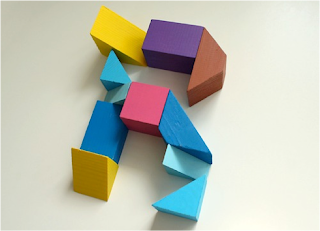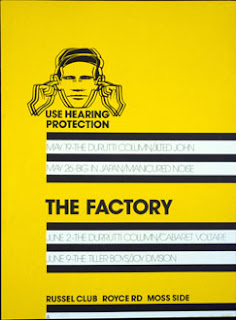Having a vested interest in the topic of burglary, I chose to base my research on an article from Daily Express, about a 19 year old thief wh admitted to breaking in and burgling 278 separate homes between 2005 and 2011.
I looked further into youth crimes and found many similar articles about remorseless teenagers, many of whom were said to have possessed very arrogant attitudes when spoken to about their crimes. One article that stood out to me was the one below from last year, about a teenager who wrote a letter to the victims of his burglary claiming he was "not bothered" and that the whole ordeal was "their fault anyway".
The short letter he wrote reads as follows:
"Dear Victim, I don’t know why I am writing a letter to you! I have been forced to write this letter by ISSP.
“To be honest I’m not bothered or sorry about the fact that I burgled your house. Basically it was your own fault anyway. I’m going to run you through the dumb mistakes you made. Firstly you didn’t draw your curtains which most people know to do before they go to sleep.
“Secondly you're dumb you live in Stainburns a high risk burglary area and you're thick enough to leave your downstairs kitchen window open. I wouldn’t do that in a million years.
“But anyway I don’t feel sorry for you and I'm not going to show any sympathy or remorse.”
I began researching the sort of crimes people aged 10-17 are involved in, and found that while the rate of violent crime committed by juveniles had been decreasing since 1994, they account for a disproportionately large percentage of property arrests, with their percentage of robberies sitting at around 35%. The graph below shows the 12 most common non-violent crime, and the percentage of which youths are responsible in 1999.
To get a broader sense of more recent happenings as oppose to stats from over 10 years ago, I began researching into burglaries specifically. I found that an impressive percentage of violent crimes happen as a result of a burglar being interrupted, which surprised me because to my knowledge I thought a burglar would be as scared of the victim as the victim is of them.
While I believe that victims of burglary aren't in anyway deserving of what happens to them or are to blame at all, I do not believe that all victims can be faultless. Often in shared housing, people become careless, perhaps under the impression that someone else will take care of locking up the house. I looked up some information about opportunist burglars, those who will literally walk past a house, see lights off and an open window and make their way in, and in a lot of cases doors are left unlocked and occasionally completely open, allowing burglars to literally let themselves in. A large percentage of burglars will come through a front or back door, some a bottom floor window, and surprisingly, some will manage to enter through the basement.
I also found that a majority of burglars will return to the house they robbed some weeks or months later, taking the replacement laptops, cameras, phones, house keys etc., bought in place of those that were last taken and, given the amount of times I have found that this has happened, victims of burglaries aren't taking the necessary precautions to ensure it wouldn't happen again.



.JPG)










.jpeg)



.JPG)
.jpeg)
.jpeg)


.jpg)

.jpeg)




.JPG)


















